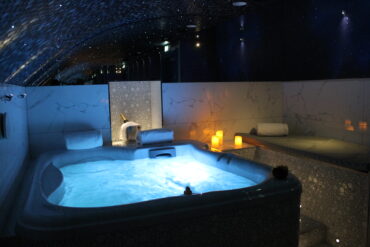At this location, people used to cross the Seine River on a ferry – the Rue du Bac on the Rive Gauche took its name from this method of transport. Initially, a wooden bridge was built in 1632, and it was financed by Barbier. It was reserved for pedestrians and horse riders, and there was a fee to pay. It also carried the name of its financier. After this, it became the Pont Sainte-Anne, and this was a tribute to the spouse of Louis XVIII (Anne of Austria). It then became known as the Pont Rouge, and this name referred to the colour of the paint that covered the bridge. The fragile nature of the bridge left it exposed to a number of problems – it was damaged by water and fire before it was washed away in flooding.
All of these catastrophes made Louis XIV decide to construct a stone bridge, using money obtained from the French Crown, and Jules Hardouin-Mansart was in charge of these plans. At the opening of the bridge, it was given the name of ‘Pont-Royal.’ During the revolution, the government re-baptised it as ‘Pont National.’ As an eternal servant of the Republic, Napoléon Bonaparte was ready call it the Pont des Tuileries, and this was due to the help of the cannons from the Tuileries Palace in battle (5th October 1795). In 1814, Louis XVIII returned the bridge to its previous name, and ‘Pont-Royal’ remains as its name to this day. The bridge has preserved the memory of historic floods, with each cry inscribed on the last stone.
Image source : http://art.souilleurs.free.fr/livres/index.php/2011/01/31/photo-du-dimanche-9-ponts-de-paris/
Location of the attractions
in the 1st arrondissement of Paris
| Title | Category | Address | Description | Link |
|---|





